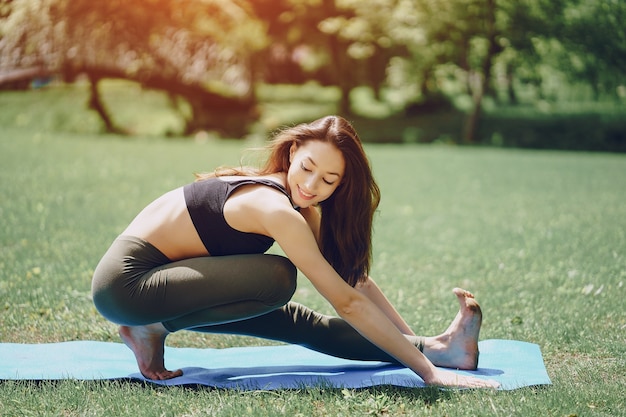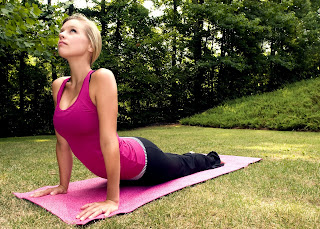In these "heckling" times our lifestyles, our habits, our priorities, our thoughts, Yoga & Ayurveda offer us a deep vision of our existence, in order to go through these moments of transition. Ayurveda draws its wisdom from the integration of our Nature, our interior universe in connection with the Macrocosm, the exterior universe.
By Isabelle Hernandez
Review of the 5 elements
These elements are interdependent; in Ayurveda, they are called pancha maha bhuta, the 5 states of matter. Ākaśa, space is the most subtle, when movement occurs, it is vayu, the air that comes into action. The movement causes friction which creates heat and tejas, Fire. The condensation of Fire will turn into jala, Water. And last step, the densification of water turns into prithivi, the Earth.
All these states of matter have specific proportions, specific to each one, defined at birth, it is our prakriti, our true Nature. The elements will be activated by the dosha, principles of movement intelligence for vata (Ether + Air), transformation for pitta (Fire + Water) and cohesion for kapha (Water + Earth). When they are found in vikriti (imbalances), these dosha evolve towards excess or insufficiency. For example, too much water causes congestion, too much fire, an inflammatory ground, too much air, drought. We can act on these dosha to find harmony.
Each element can be explored through food, lifestyle, yoga practice.
The exploration is vast and endless and we will offer practices to understand the essence of each of the elements.











�������� great
ReplyDeleteSo important
ReplyDelete